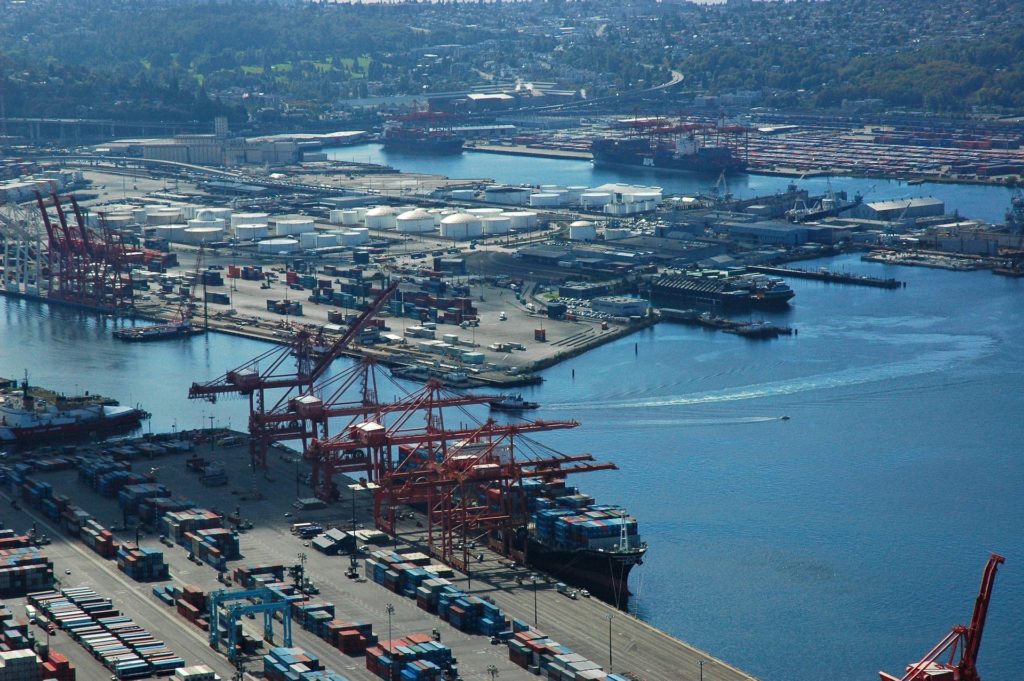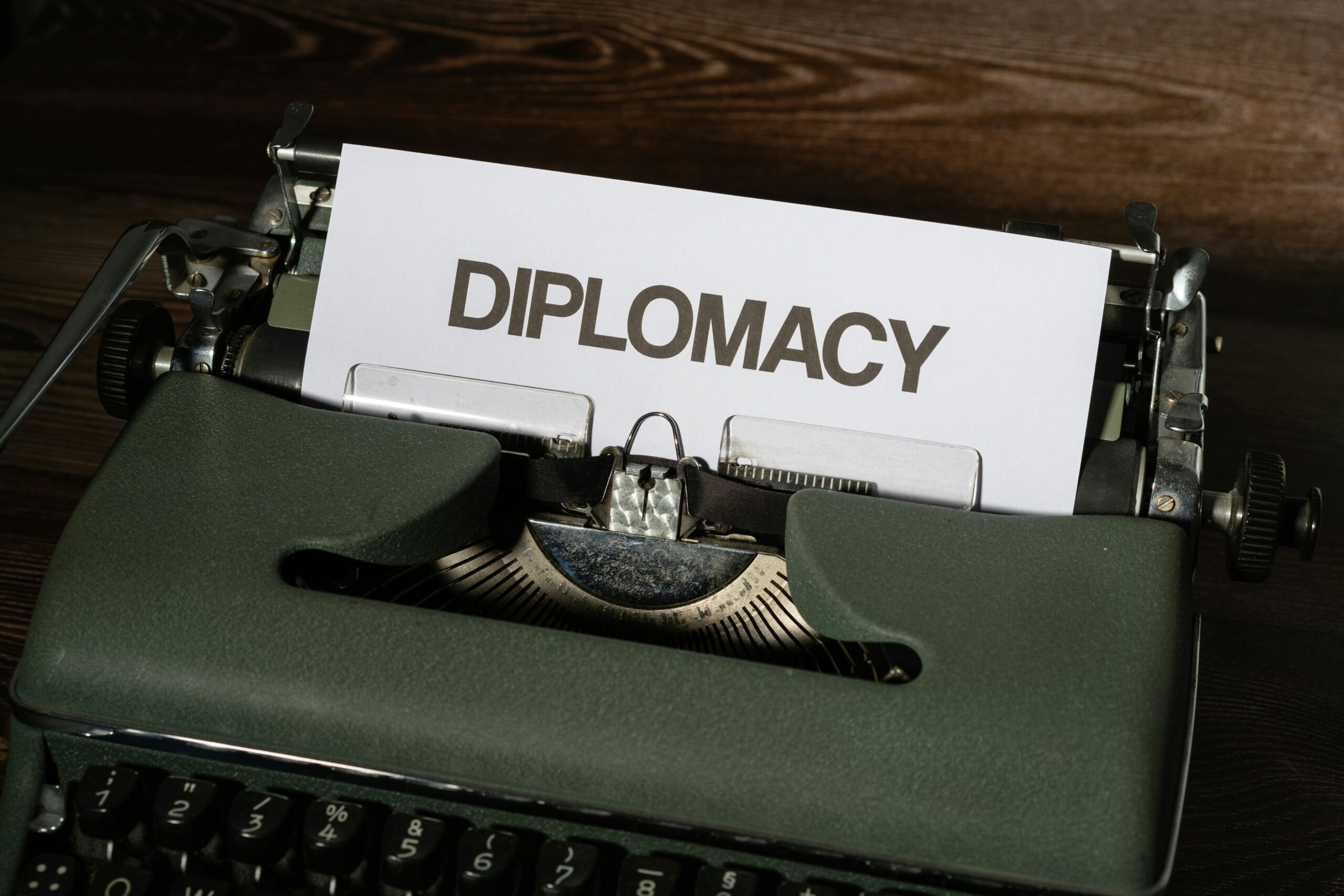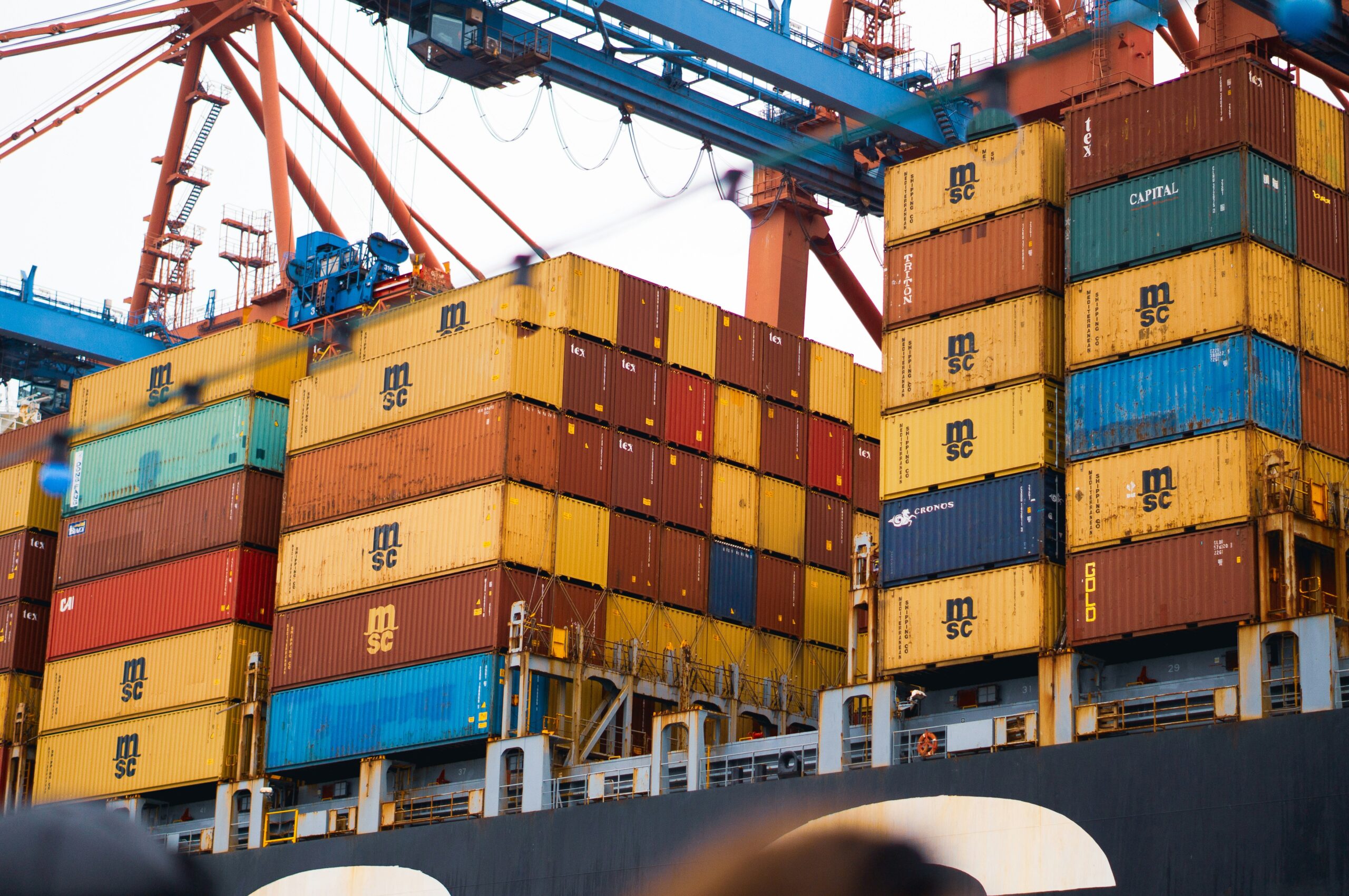A free trade pact called the Pacific Island Countries Trade Agreement (PICTA) was signed in 2001 to liberalize trade in goods for 8 to 10 years. Since March 2008, the PICTA Agreement has been expanded to include the selling of services and temporary labor migration. The PICTA Service Protocol was put up for ratification on August 28, 2012, after seven rounds of negotiations. The Cook Islands, the Federated States of Micronesia, Kiribati, the Marshall Islands, the Samoa Islands, Tonga, Tuvalu, and Vanuatu are among the nine nations that have so far ratified the Agreement. The “Service Protocol” does not, however, account for the various economic realities that Pacific Island nations face. The structure of the general agreement on goods and services is not adhered to. Therefore, PIF members would benefit greatly from outside technical assistance as they made the transition to free trade.

Areas of coverage
The PICTA regulates inter-member trade in goods. The sale of alcohol and tobacco goods is not included, and government procurement regulations are also not included. To guarantee that the FICs can continue to impose trade restrictions for the typical range of factors often permitted in international trade agreements, the Agreement additionally includes a list of exclusions. This covers measures like the ban on hazardous commodities like explosives or trade restrictions required to protect human or animal health (i.e., Quarantine).
Requirements
The rules of origin outlined in the PICTA must be met by commodities for them to be eligible for preferential entry. These follow a 40 percent local content standard.
Criteria for local content
One of two categories must be met for originating goods to be eligible for PICTA preferences. Goods that have undergone no manufacturing processes and do not contain any components or inputs from beyond the territory of a Party must be entirely produced or acquired there. Goods must have undergone “substantial transformation” in the territory of a Party; these are manufactured or processed goods that are made from resources or undergone processing operations traceable to nations, not all of which must be PICTA members.
New Zealand and Australia
PICTA also involves discussions to expand the free trade zone with Australia and New Zealand. It should result in increased consumer protection and job growth in isolated economies. The creation of this regional market is intended to boost foreign direct investment in remote Pacific islands. Investors may be encouraged by the prospect of reaching a market of 7 million individuals who are unified.
Signatories
Neither Palau nor the Marshall Islands have ratified it. Except for Micronesia, all the signatory parties have accepted the agreement. As of March 2008, six nations namely Cook Islands, Fiji, Niue, Samoa, Solomon Islands, and Vanuatu have declared that internal arrangements had been created to allow them to trade following the agreement.
Other agreements
The countries promise to eliminate tariffs on most goods by 2021 when the trade deal enters into force. As of April 2008, The Forum Island Countries are also in talks with the European Union to establish an economic partnership agreement (EPA). It’s vital to remember that the PICTA we’re talking about here only applies to commerce in products. Nine countries of the Forum Island Leaders Meeting signed the Pacific Island Countries Trade Agreement Trade in Services on August 28, 2012, in Rarotonga, Cook Islands (PICTA TIS). As of April 2008, negotiations are still going on to create and settle on a protocol that will cover both the temporary movement of people and trade-in services (a broader idea than the GATS’s Mode 4).



